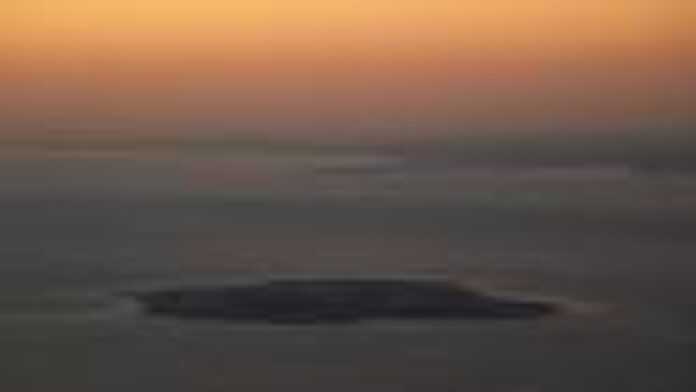
Robben Island Museum in South Africa has rejected a report that wild animals on the 574 hectare island are starving to death because of poor environmental management.
On Tuesday the South African media was awash with reports that hundreds of animals are starving to due neglect.Among the animals said to be affected were bontebok, springbuck, fallow deer and rabbits, and that environmentalists blamed neglect by the museum, which manages the island. It is said that wild rabbits where “eating everything in sight”.
The museum has in the past also run a programme to shoot out feral cats on the island, to protect birdlife, though the SPCA suggested that rabbits turned carnivore might be responsible for bird deaths.
The focus of the museum is the island’s prisons, where apartheid-era struggle icons including Nelson Mandela were jailed. However the museum’s director, Paul Langa, rejects the reports saying the island had a programme to exterminate the rabbits – which had drawn accusations
of brutality.
It had a conservation programme in place, “but you can’t fulfil all the
requirements at one time”, he said. “There may be methods better than what we are doing, but let’s be advised of the methods.” He said it had to be remembered that the island was just that: an island, with its own environmental peculiarities. At particular seasons it got very dry, and this year had been a bad year “because it’s been very, very dry”.
It was also shifting many of the fallow deer off the island, though this was a complex operation. But Robben Island – the once notorious Robben Island penal colony risks ghost town status as its last residents trickle off in search of creature comforts on the mainland.
The population of penguins, seals and feral cats far outnumbers the 112 human inhabitants of the present day heritage site – mostly former prison warders and their families now performing a variety of museum duties.
Thirty-eight residents left in the past year alone, reposts indicate. “It has changed quite a lot … for the worse. There is no life any more,” former resident Karen Loyd is quoted as saying. “It’s turning into a very lonely place. People are moving out because of neglect. There were happy people, sport grounds, church every Sunday … not any more.”
Used as a place of banishment by various administrations since the early 1500s and later as a leper colony, Robben Island opened its doors to political prisoners in 1962 as the apartheid state intensified its clamp-down on opponents and critics in a bid to retain minority privilege.
Only black, Indian and coloured (mixed race) men were jailed on the island,
including for 18 years Mandela later to become South Africa’s first black
president. The island was declared a World Heritage Site by the United Nations in 1999, five years after the official demise of the apartheid regime.
Since the jail was closed and turned into a popular museum, the island’s
population is said to be declining as budget constraints and isolation force its residents to mainland Cape Town about 11km across the choppy, ice-cold waters of the Atlantic Ocean.
There is no church, library or police station, although a clinic, a crèche, and a primary school serve fewer than 20 children, reports say.

